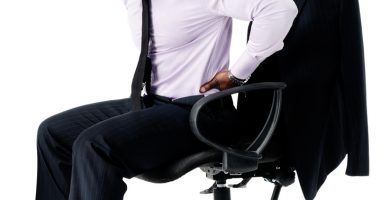Frequently Asked Questions
Osteopathy: Frequently Asked Questions
1) Is treatment painful?
In general terms, no it isn’t. Some patients experience some mild discomfort after treatment, whilst others encounter rapid reduction in pain. If following a treatment, you are in pain, please contact your osteopath who will be most happy to talk you through what to do next.
2) How many sessions may I need?
It depends. Some patients need just a single session of treatment, whereas others need as many as eight return visits. This can be discussed at the time of treatment, but, as a general rule of thumb, factors such as how long you have had the symptoms or how much pain you are in, make a difference to prognosis. As osteopaths one of our specific goals is “to find it (the problem), fix it, then leave it alone”. We do not over treat any patient.
3) Do you recommend regular check ups?
Not particularly. Your osteopath’s aim, as stated above, is to sort the problem out, and then let the body repair itself. However, some patients do feel a benefit from returning every six months or so.
4) Do you contact my doctor?
Only with your consent and only if necessary. If your GP refers you to our clinic, your osteopath, with your permission, would generally reply with osteopathic findings and diagnosis. If you had an issue that your osteopath felt might need your GP’s attention, they would possibly (with your permission) write to them.
5) Am I covered under my healthcare insurance?
Most of the main Private Health Insurers, including BUPA UK, BUPA International, PPP, Allianz, BCWA and WPA now cover osteopathic treatment. If you have private health cover please check with your insurance company to see if they will pay for all or part of your treatment. Generally a GP’s referral to treatment will be required if you wish to claim on your health insurance. To be certain, please enquire when you make your booking, as some osteopaths do not have full cover with all companies.
6) What is the difference between Osteopathy and other manual therapies such as Chiropractic, or Physiotherapy?
The fundamental differences between osteopathy and physiotherapy, are based at the basic levels of diagnosis. Whilst physiotherapy follows traditional medical approaches of compartmentalising illness and pain, both osteopathy and chiropractic are ‘alternative’ medical models. This means that they are “holistic”, and treat each individual as a whole person rather than as just a symptom. Osteopaths apply their own methods of diagnosis, and therefore treatment, to each case. Chiropractic is a similar “holistic” therapy, but practitioners tend to employ a much more “direct” approach to their techniques. Osteopaths tend to use some gentler, slower stretching techniques, as well as some more direct techniques.
7) What if I have a complaint?
Please do talk to either your osteopath directly, or leave a message with our secretary with contact details and we will contact you. If you are still dissatisfied the GOsC, the osteopath’s governing body, may be contacted at the address below. Please write to
General Osteopathic Council,
Osteopathy House
176 Tower Bridge Road
London
SE1 3LU
Tel: 0207 357 6655


